For one, 20% of out entries state's electricity is used to move water, that is a lot of money and energy each year! Secondly, having most of our water come from one source a long way away means that our supply is quite fragile. An earthquake or other disaster could quickly cut off this supply. Third, so many places draw water from the Colorado River, complicated and outdated water laws are creating tension between regions. Lastly, taking away such a significant amount of water from the river means that animals, plants and people down the river don't get any water. Other than a few wet years, according to University of Arizona,the Colorado River has not flowed to the Gulf of California since 1960.
Like our page on Facebook to be notified when new blog posts come out!
Click link here to be directed to our Facebook page.
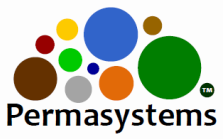
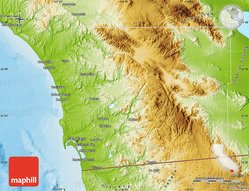
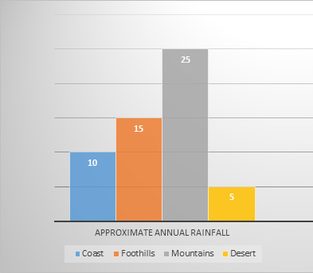
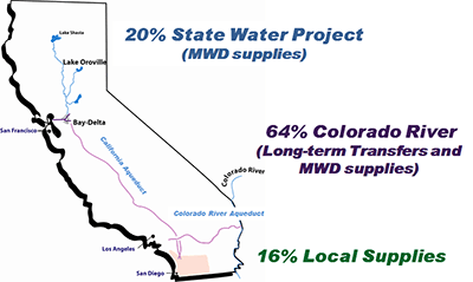
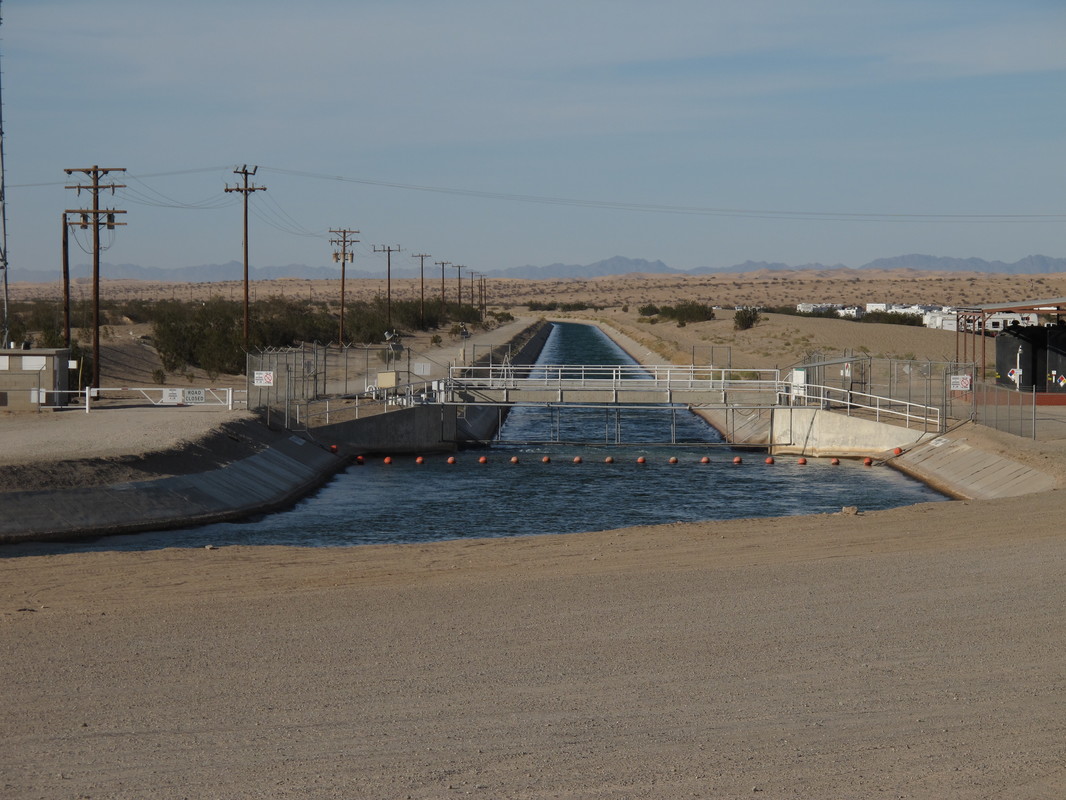
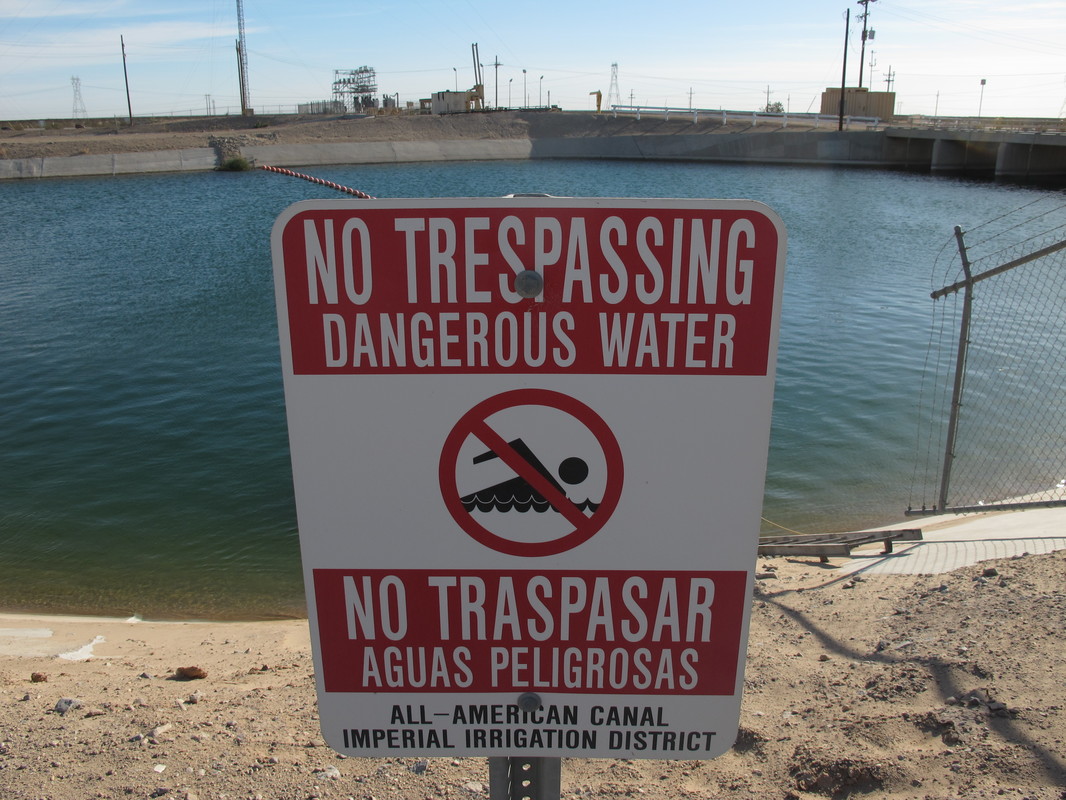
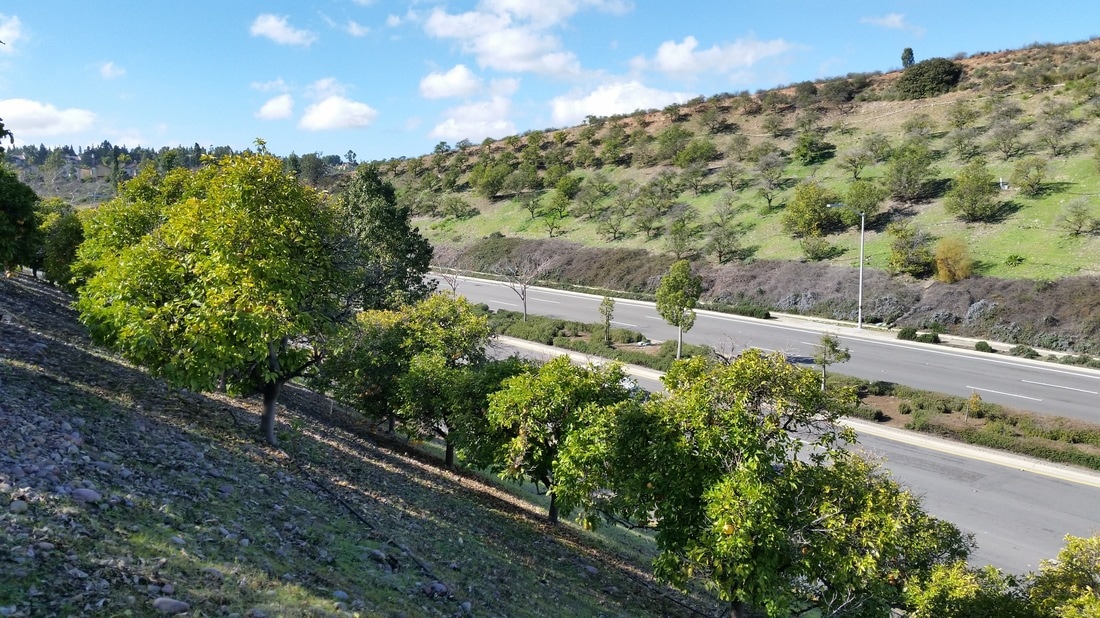
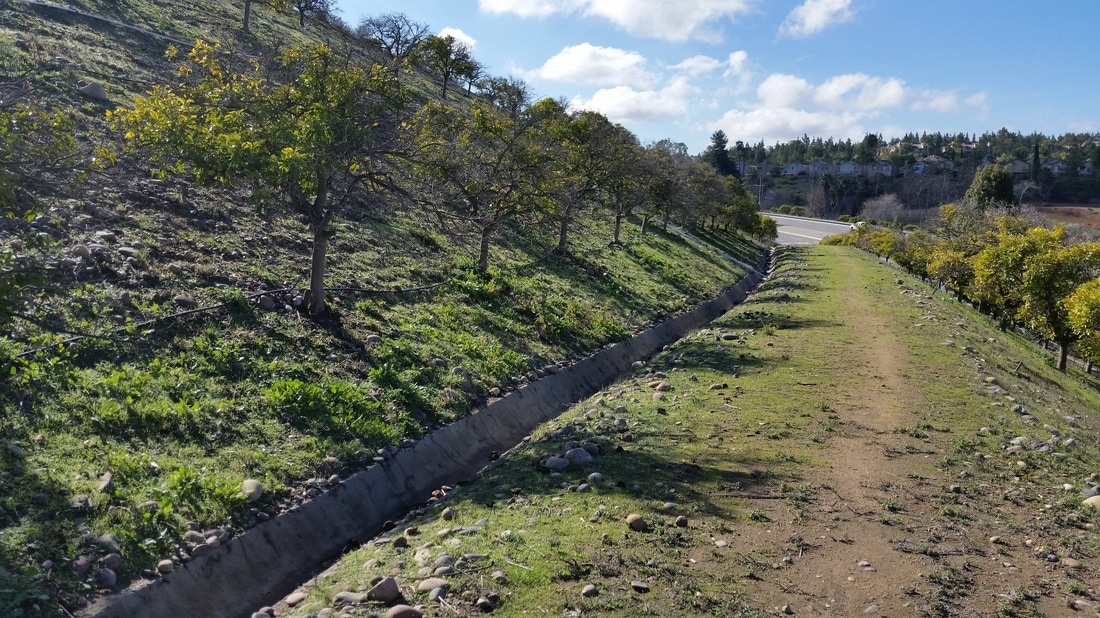
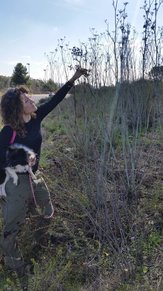
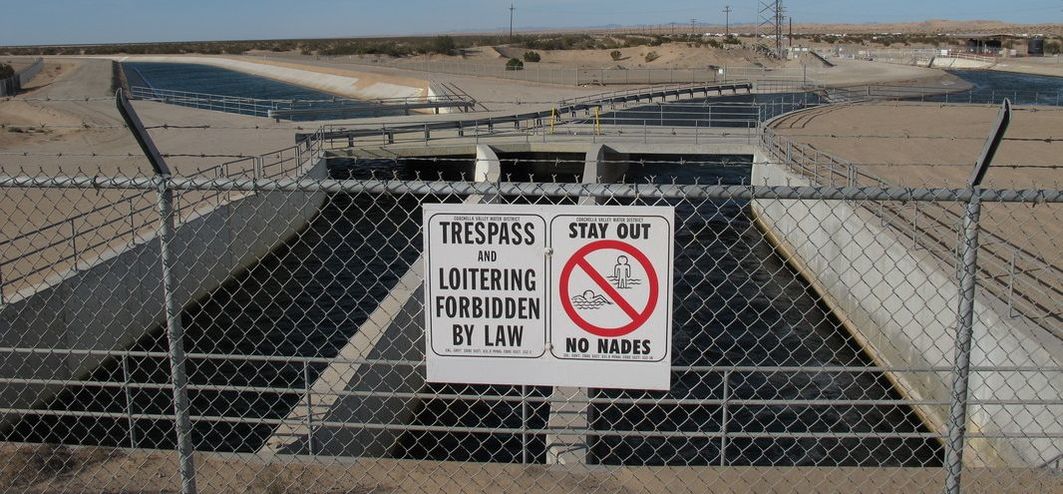
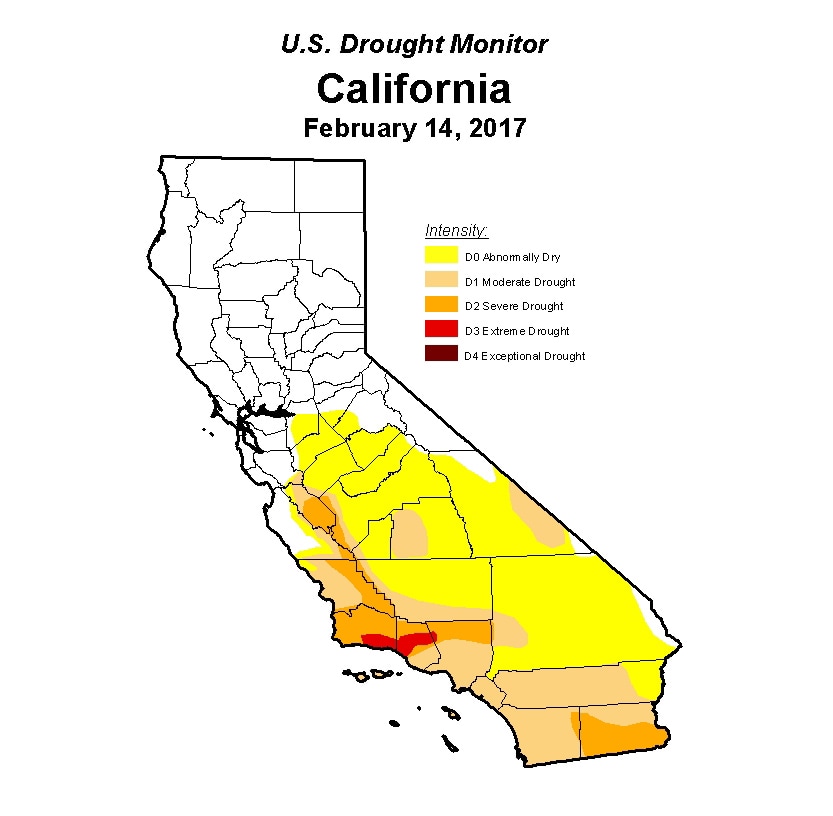
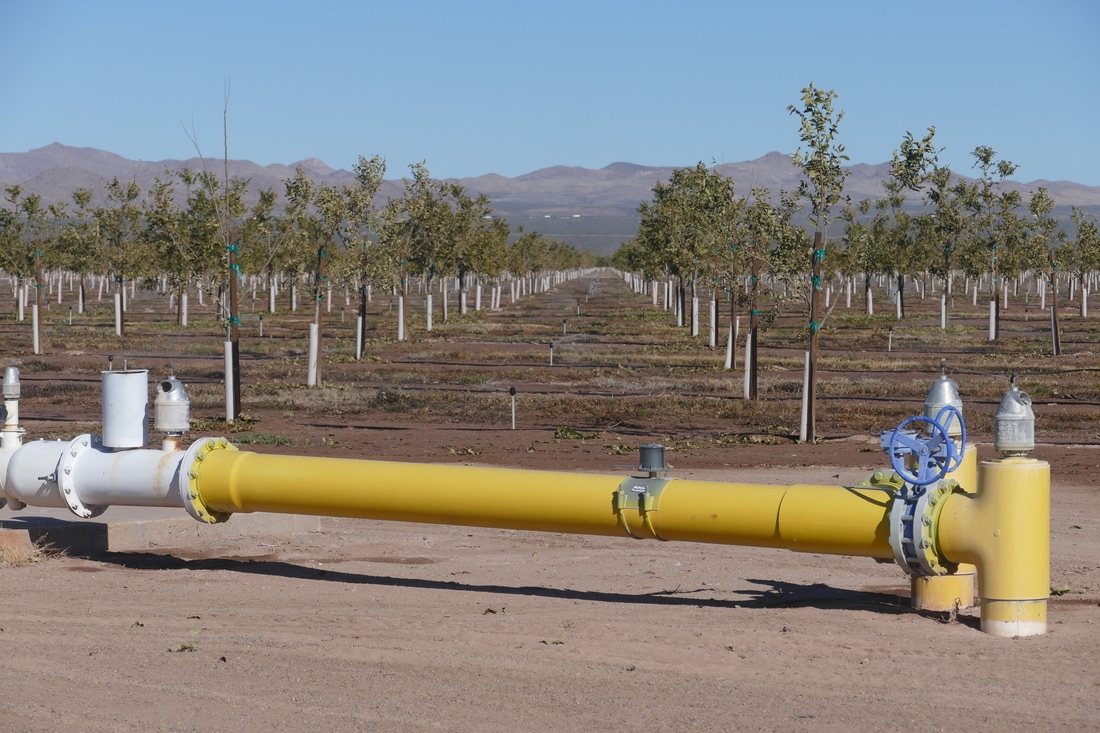

 RSS Feed
RSS Feed